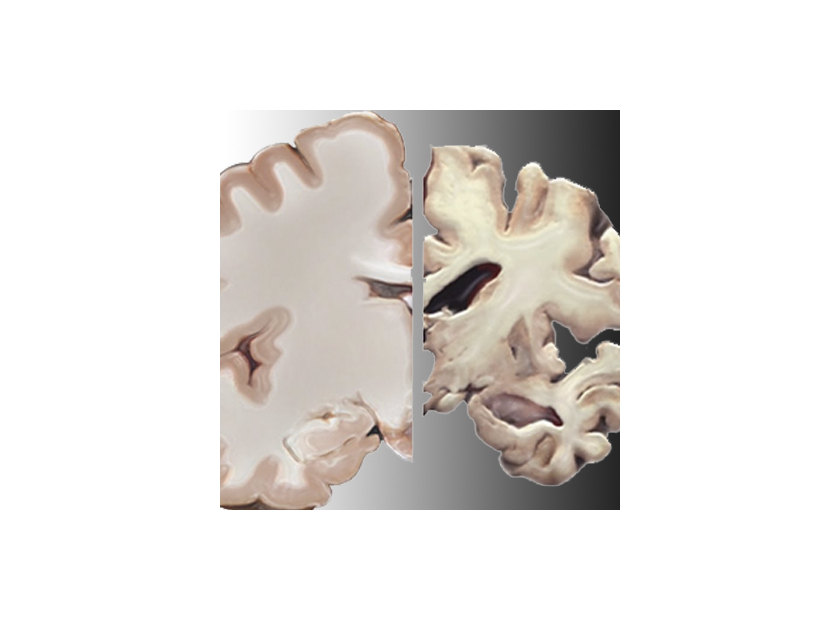Could Alzheimer’s Disease be a Response to Infection?
Posted:
March 16, 2018
Recent research suggests that Alzheimer’s could be due to amyloid plaque forming around an infectious agent.
Alzheimer’s disease is a progressive disease that affects more than three million people each year. There are limited treatment options and no cure. While it generally affects those over the age of 60, it has been diagnosed in people as young as 27. Early signs are disruptive memory loss, difficulty planning or problem solving, confusion about the passage of time, trouble understanding spatial relations, problems with words, both written and spoken, and changes in mood and personality. These brain functions are the result of nerve cell damage, thought to be caused by the formation of tau proteins. These “tangles” or “plaques” are made up of amyloid beta proteins and serve no real purpose.

Salmonella trapped in beta-amyloid plaques produced by mice.
A new theory, suggested by Dr. Robert Moir of Harvard Medical School and Massachusetts General Hospital, stems from the observation that these amyloid proteins are very similar to immune system proteins, meant to trap and destroy harmful microorganisms. Moir and his colleague Dr. Rudolph Tanzi designed experiments to determine if these amyloid plaques could serve a similar function in the brain. To test their theory, they injected mice with Salmonella. They noticed that amyloid plaques began to form around the bacteria in the brain (see photo above). In the mice that did not form the plaques, the infectious disease progressed more rapidly. This study suggests that early infection may contribute to development of Alzheimer’s disease later in life.
This finding may help explain why some people with Alzheimer’s have exhibited higher levels of herpes antibodies, a sign of previous infection, than others who didn’t have Alzheimer’s.
Infectious agents as well as previous head trauma may bring on inflammation leading to the amyloid plaques as a a response. For example, some population-based studies of Alzheimer’s patients suggested that people who took non-steroidal anti-inflammatory drugs (so-called NSAIDs like aspirin or ibuprofen) for long periods have a reduced risk of developing Alzheimer’s.

The truly frightening thing is that this infection could be symptomless, leading many to be at risk and not be aware of it. This is compounded in anyone who also has the ApoE4 gene, which causes them to be less effective at breaking down beta amyloid.
While the findings of this study are a little frightening, it has filled in several gaps in our knowledge about Alzheimer’s. Knowing another factor in the development of the disease and being able to manipulate it is a big jump towards eventually preventing it. The Alzheimer’s Association Research Center reports a drug currently in research that may lower the level of beta amyloid in the brain.
Another drug is in phase 3 clinical trials to inhibit the ability of beta secretase enzyme to create beta amyloid. Research is also underway to develop a drug to prevent the tau protein from collapsing and twisting, causing the tangleswhich destroy the neuron.
As microbiologists, we know that infections can lead to unexpected manifestations in the human body; for instance, Strep throat can lead to rheumatic heart disease and glomerulonephritis, Campylobacter infections can lead to Guillain-Barre Syndrome, and Helicobacter pylori infections can be the cause of gastric ulcers. Could the next discovery of infectious disease be related to Alzheimer’s?
While silent infections in early life leading to Alzheimer’s later in life sounds frightening, this is likely not the only factor in the development of this disease. There are risk factors within our control, such as blood pressure, and that silver bullet of health, exercise.
by Kate Massey
Comment(s)







